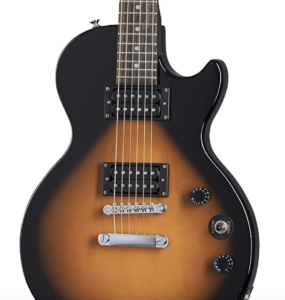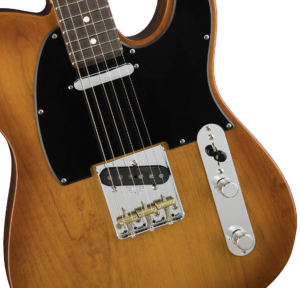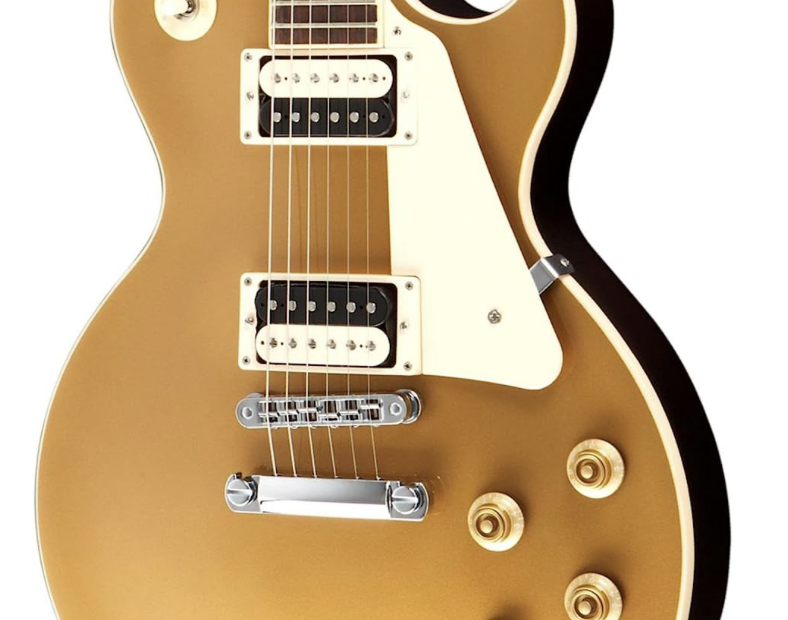Jazz guitar chords are one of the most fascinating aspects of guitar playing, offering an intricate blend of harmony, melody, and rhythm. Mastering jazz chords can open up a whole new world of musical possibilities, whether you’re a seasoned guitarist or just starting out. In this article, we’ll dive deep into the world of jazz guitar chords, providing you with the tools and knowledge to enhance your playing. Along the way, we’ll link to some useful resources that can help you further expand your guitar skills.
The Basics of Jazz Guitar Chords
 Before we dive into complex chord shapes and progressions, it’s essential to build a strong foundation. Jazz chords often use extended voicings, such as seventh, ninth, eleventh, and thirteenth chords, which add richness and depth to the music. If you’re not already familiar with the basics of guitar chords, I recommend checking out our comprehensive guide to mastering guitar chords.
Before we dive into complex chord shapes and progressions, it’s essential to build a strong foundation. Jazz chords often use extended voicings, such as seventh, ninth, eleventh, and thirteenth chords, which add richness and depth to the music. If you’re not already familiar with the basics of guitar chords, I recommend checking out our comprehensive guide to mastering guitar chords.
Common Jazz Chord Shapes
Some of the most common chord shapes in jazz are based on the seventh chord. The major seventh, minor seventh, and dominant seventh are foundational to jazz harmony. Practicing these shapes in different positions on the fretboard will help you navigate jazz standards with ease.
For those looking to broaden their chord vocabulary beyond the basics, you might find our article on mastering the C/E chord helpful, as it discusses how chords can be played in different inversions and positions, which is crucial in jazz.
ii-V-I Progression: The Heart of Jazz
The ii-V-I progression is the cornerstone of jazz music. This progression involves a minor seventh chord (ii), a dominant seventh chord (V), and a major seventh chord (I). Understanding and being able to navigate this progression in various keys is essential for any jazz guitarist.
For those interested in learning more about how to play specific chord progressions or how to integrate them into your practice routine, check out our guide on tips to use chord triads, which can offer insights into how these triads can simplify complex jazz progressions.
Extended and Altered Chords
 Jazz often uses extended chords (like ninths, elevenths, and thirteenths) and altered chords (like b5, #5, b9, #9). These chords add tension and color, which are released as the progression resolves.
Jazz often uses extended chords (like ninths, elevenths, and thirteenths) and altered chords (like b5, #5, b9, #9). These chords add tension and color, which are released as the progression resolves.
To dive deeper into the harmonic richness of jazz, it’s useful to explore the world of guitar tone and effects. Our guide to mastering guitar tone can provide you with tips to craft the perfect tone that complements your jazz playing style.
Practicing Jazz Chords
Incorporating jazz chords into your practice routine is crucial. Begin by learning the chords in their basic forms, then practice them in different keys and positions. A great way to practice is by playing along with backing tracks or using a looper pedal to create your own accompaniment. You can explore some of the best looper pedals for guitar to help you get started with this practice technique.
The Importance of the Guitar You Play
The guitar you use can have a significant impact on your jazz sound. Many jazz guitarists prefer hollow or semi-hollow body guitars for their warm, resonant tones. If you’re considering a new guitar for jazz, our guide to the best semi-hollow body guitars can point you in the right direction. Additionally, exploring specific jazz models, like the Ibanez S570AH, might be beneficial.
Essential Jazz Guitar Accessories
In addition to the guitar itself, accessories like picks, strings, and pedals can greatly influence your jazz sound. If you’re unsure where to start, take a look at our recommendations for the 10 must-have guitar accessories. For jazz players, the right amp for acoustic guitar can also be crucial, especially if you’re playing in a smaller, more intimate setting.
Top 10 Jazz guitar chords
 When diving into jazz guitar, mastering essential chords is key to unlocking the genre’s complex, rich sound. Here are ten fundamental jazz chords that every guitarist should know:
When diving into jazz guitar, mastering essential chords is key to unlocking the genre’s complex, rich sound. Here are ten fundamental jazz chords that every guitarist should know:
1. Major 7th (Maj7)
The Major 7th chord is smooth and rich, making it a staple in jazz. It’s built by adding a major seventh interval to a major triad.
- Example: Cmaj7 (C – E – G – B)
- Usage: Often used as a tonic chord in jazz standards.
2. Minor 7th (m7)
The Minor 7th chord adds depth to minor chords by including a minor seventh. It’s a must-know for creating that classic jazz feel.
- Example: Dm7 (D – F – A – C)
- Usage: Commonly used in ii-V-I progressions.
3. Dominant 7th (7)
The Dominant 7th chord is a versatile, tension-building chord that resolves nicely into a tonic chord.
- Example: G7 (G – B – D – F)
- Usage: Often seen as the V chord in ii-V-I progressions.
4. Minor 7th Flat 5 (m7♭5)
Also known as the half-diminished chord, this one creates a darker, more complex sound. It’s essential for minor ii-V-I progressions.
- Example: Bm7♭5 (B – D – F – A)
- Usage: Common in minor key progressions.
5. Diminished 7th (dim7)
The Diminished 7th chord is built from a series of minor thirds, creating a tense and unstable sound that resolves beautifully in jazz.
- Example: Cdim7 (C – E♭ – G♭ – B♭♭/A)
- Usage: Used to create tension before resolving to a more stable chord.
6. Major 9th (Maj9)
The Major 9th chord adds a ninth interval to a Major 7th chord, giving it an even richer, more sophisticated sound.
- Example: Cmaj9 (C – E – G – B – D)
- Usage: Adds lushness to major chords, often used in ballads.
7. Dominant 9th (9)
The Dominant 9th chord extends the Dominant 7th by adding a ninth, adding complexity and color.
- Example: G9 (G – B – D – F – A)
- Usage: Adds extra flair to dominant chords, often in blues and jazz.
8. Minor 9th (m9)
The Minor 9th chord is an extension of the Minor 7th chord, adding the ninth for a more complex sound.
- Example: Dm9 (D – F – A – C – E)
- Usage: Adds a sophisticated touch to minor chords, often in modal jazz.
9. Dominant 7th Sharp 9 (7♯9)
Also known as the “Hendrix chord,” the 7♯9 is a spicy, dissonant chord that adds tension and energy.
- Example: E7♯9 (E – G♯ – B – D – F♮)
- Usage: Common in blues and jazz for its edgy sound.
10. Altered Dominant (7alt)
The Altered Dominant chord includes altered tones (♭5, ♯5, ♭9, ♯9), creating a complex and tension-filled chord.
- Example: G7alt (G – B – D♯ – F – A♭)
- Usage: Used as a V chord in jazz progressions, particularly in modern jazz.
Conclusion
Understanding and playing jazz guitar chords is a journey that can lead to incredible musical discoveries. By mastering these chords, you can unlock new levels of expression and creativity in your playing. Be sure to explore the linked resources throughout this article to further develop your guitar skills and knowledge. Whether you’re refining your chord shapes, perfecting your tone, or exploring new guitars and accessories, every step you take brings you closer to becoming a proficient jazz guitarist.
For more in-depth tutorials and reviews on guitars and accessories, visit our site and explore articles like best multi-effects pedals for guitar and Fender electric guitar models to find the perfect gear for your jazz journey.
